
Ever noticed how technology is making learning way cooler? Well, guess what’s making it even more awesome? It’s called Artificial Intelligence! Remember the days of chalkboards and heavy textbooks? Now, thanks to tech. You don’t have to be stuck in a classroom; you can learn wherever you want!
In this blog, we will learn more about the best AI tools for students. Get ready to meet your new study buddies – the AI tools that will make your school life a total blast!
Table of contents
- Best AI Tools for Students
- I) AI Tools for Research and Information Gathering
- II) AI Tools for Writing and Editing
- III) AI Tools for Time Management and Productivity
- IV) AI Tools for Language Learning
- V) AI Tools for Mathematics and Science
- VI) AI Tools for Collaboration and Communication
- Considerations and Best Practices When Using AI Tools for Students
- A. Privacy and Data Security Concerns
- B. Proper Integration of AI Tools into the Learning Process
- Conclusion
- FAQs
- How can AI tools enhance my writing skills?
- Which AI tool is best for students?
- How can AI be used to improve something in your school?
- How can AI be used in schools?
- What are the AI tools for student feedback?
- Can AI assist in time management for students?
Best AI Tools for Students
The best AI tools for students are as follows:
I) AI Tools for Research and Information Gathering
When it comes to academic success, having the right tools at your fingertips can make all the difference. Let’s explore some of these fantastic resources:
A. Smart Search Engines
Google Scholar
Google Scholar is your go-to academic search engine. It sifts through scholarly articles, theses, books, and conference papers, delivering precise and reliable results tailored for your research needs.
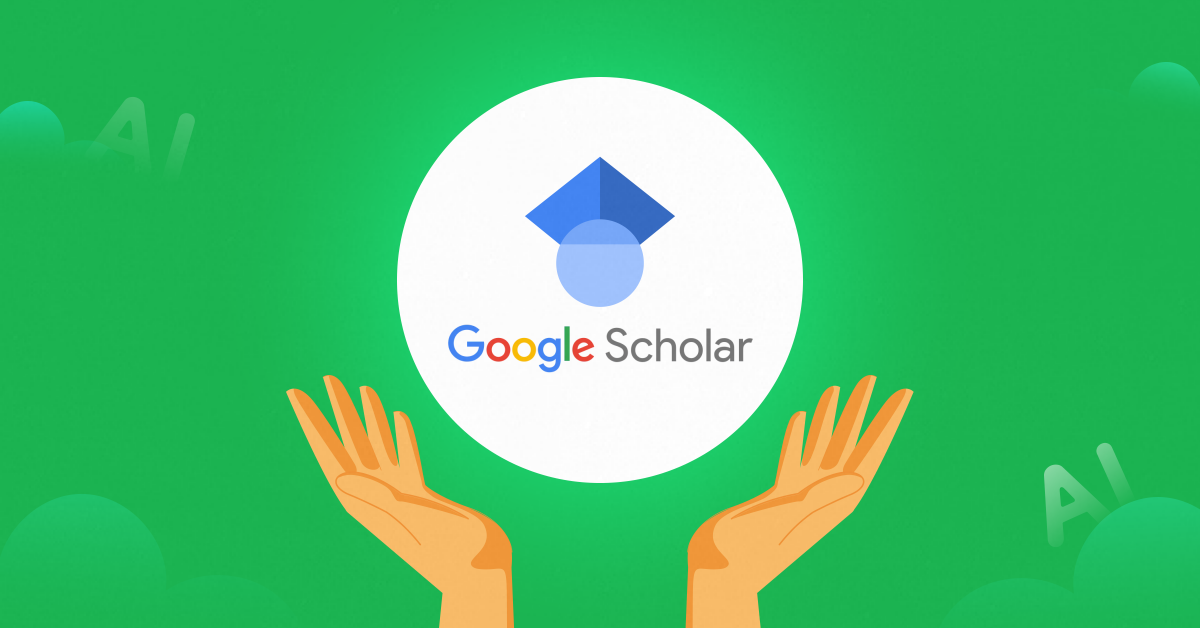
Microsoft Academic
Microsoft Academic is another powerhouse for research. It not only helps you discover academic papers but also provides insights into related research areas, connecting you with a broader knowledge network.
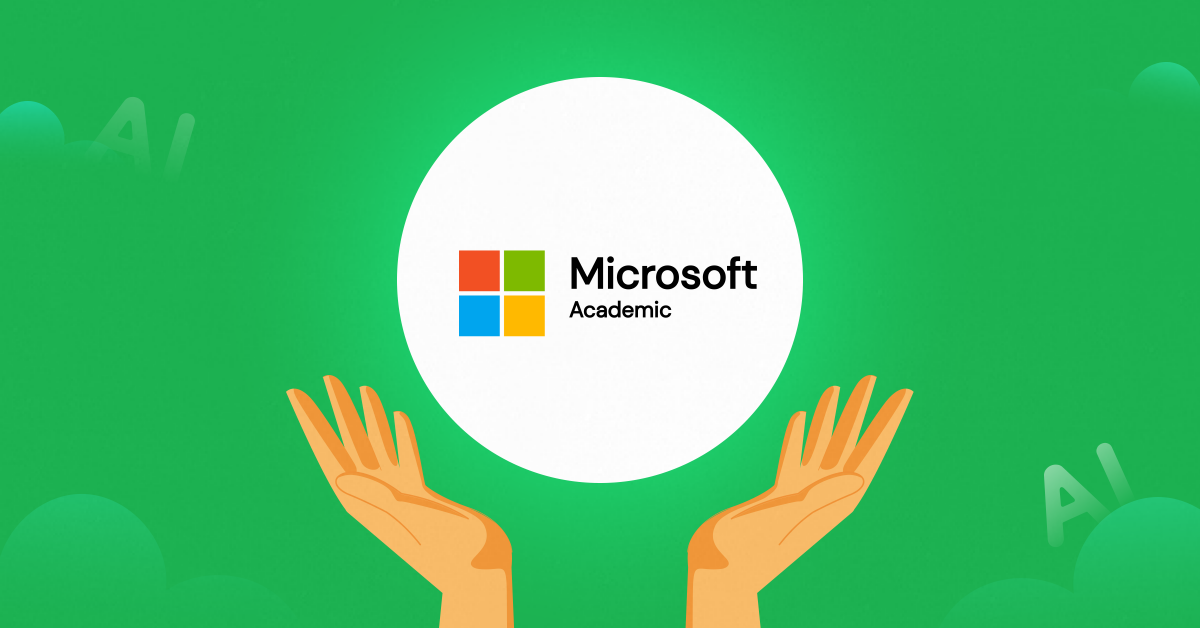
B. AI-Powered Literature Review Tools
RefWorks
RefWorks is your virtual research assistant. It aids in organizing and managing your references, making the literature review process a breeze. Collaborate seamlessly and generate citations effortlessly.
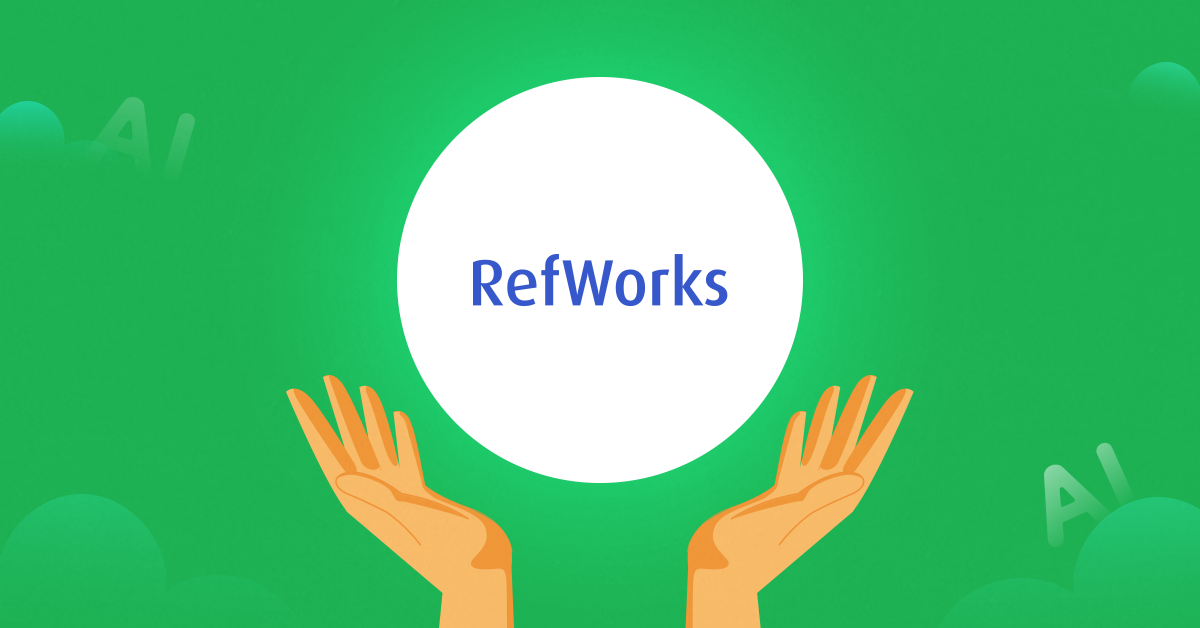
EndNote
EndNote is a veteran in reference management. It helps you collect and organize your sources, and with its Cite While You Write feature, citing your references in your document becomes a seamless task.
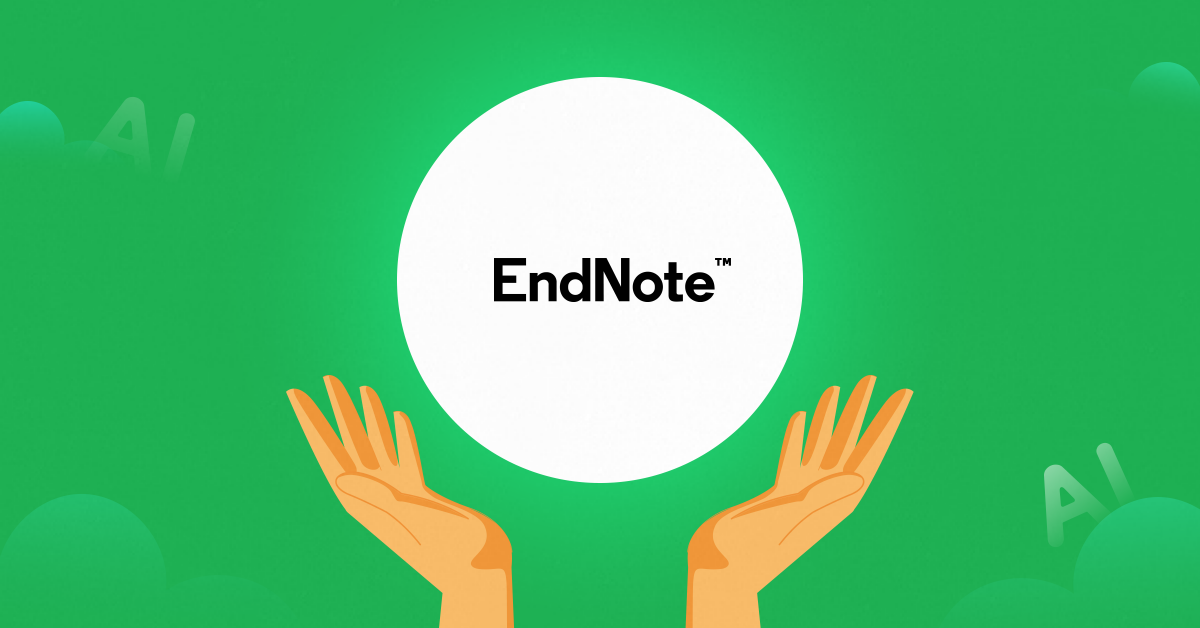
C. Content Aggregation and Summarization Tools
Summarly
Summarly condenses lengthy articles into concise summaries, saving you valuable time. It’s an excellent tool for quickly grasping the key points of a text without having to read through every detail.
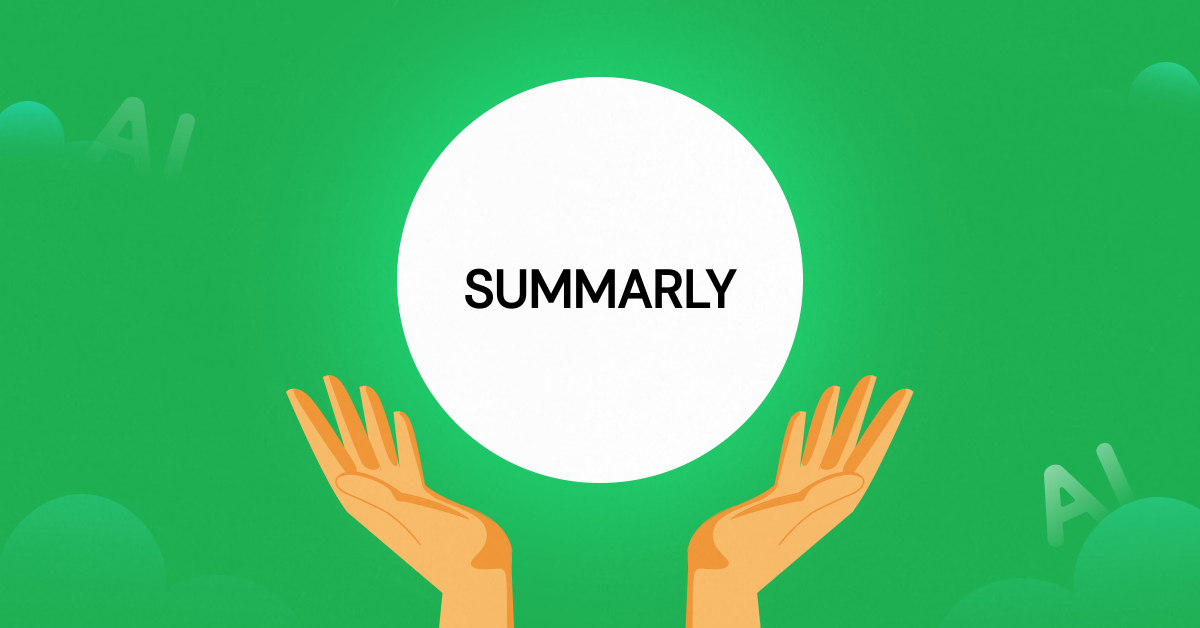
Instapaper
Instapaper lets you save and organize web articles for later reading. Its focus mode removes distractions, allowing you to concentrate on the content. Plus, it provides highlights and annotations for efficient information absorption.
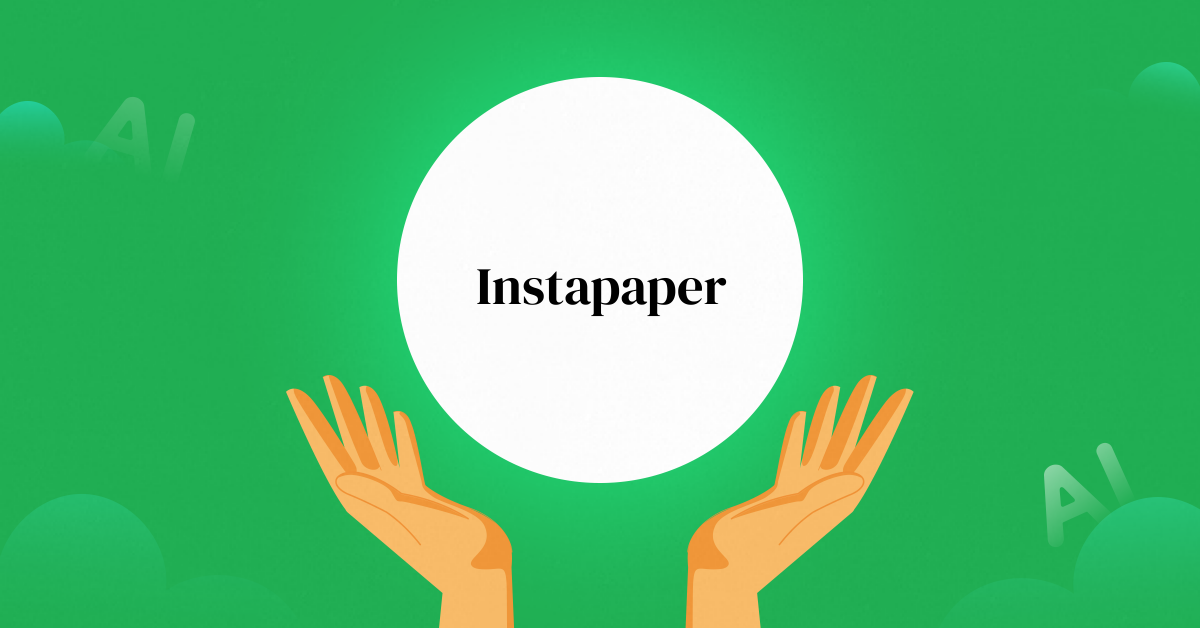
With these AI-driven tools, your research endeavors will become more efficient and effective.
Also Read: Best Digital Marketing Tools in 2025 [With Bonus AI Tools]
II) AI Tools for Writing and Editing
Crafting a stellar writing piece just got a lot easier with the aid of Artificial Intelligence (AI). These AI tools are your indispensable companions:
A. Grammar and Style Checkers
Grammarly
Grammarly is your writing sidekick, catching grammar mistakes, suggesting style improvements, and even providing tone suggestions. It seamlessly integrates into your browser or word processing software, ensuring your writing is polished and professional.
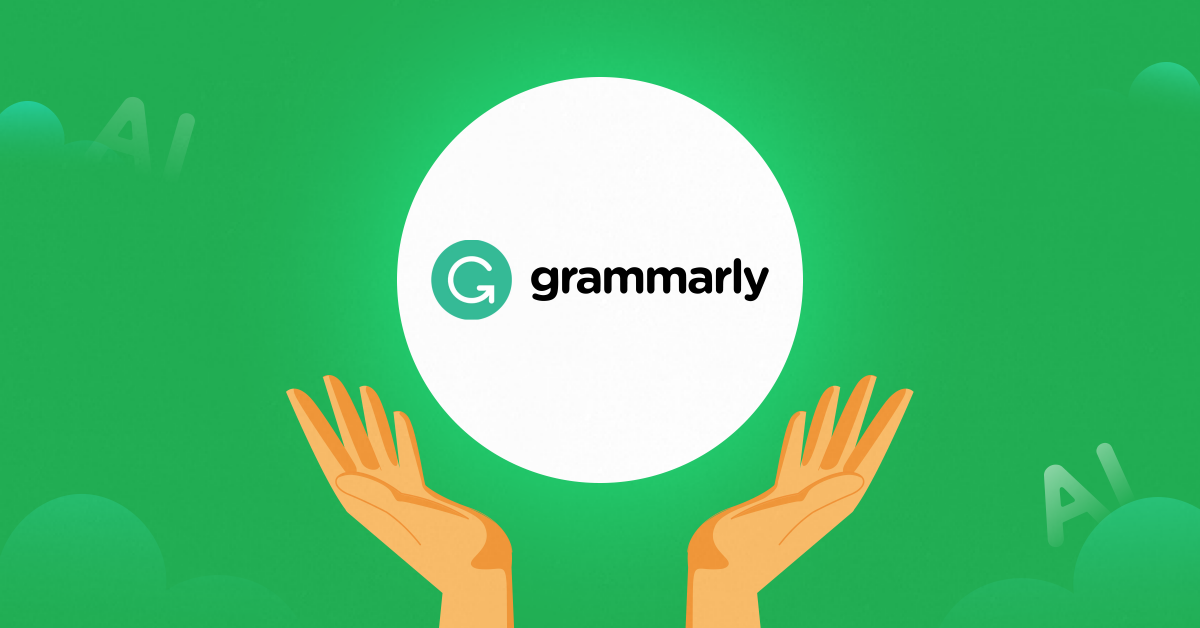
ProWritingAid
ProWritingAid is a comprehensive writing assistant that checks grammar and analyzes your writing for style, tone, and readability. With in-depth reports, it helps you understand and enhance your writing strengths.
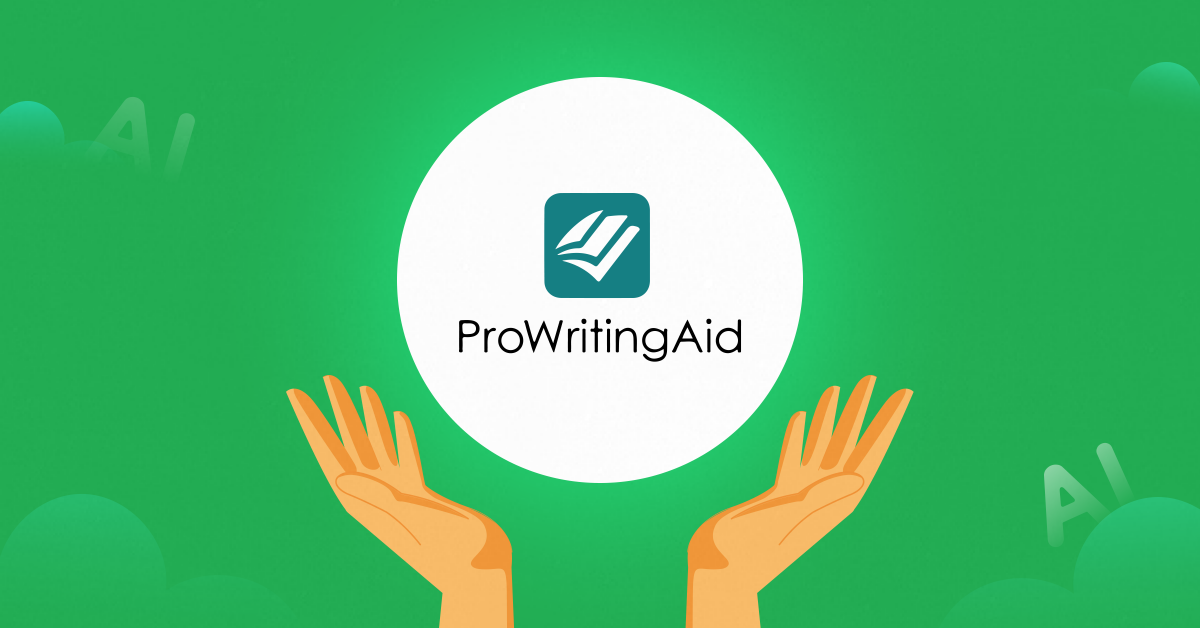
B. AI-Based Writing Assistance
OpenAI’s GPT-3 for Generating Content
While not a standalone tool, OpenAI’s GPT-3 is a language model that can be integrated into various applications for content generation. Developers can use GPT-3 to create anything from articles and stories to code and poetry.
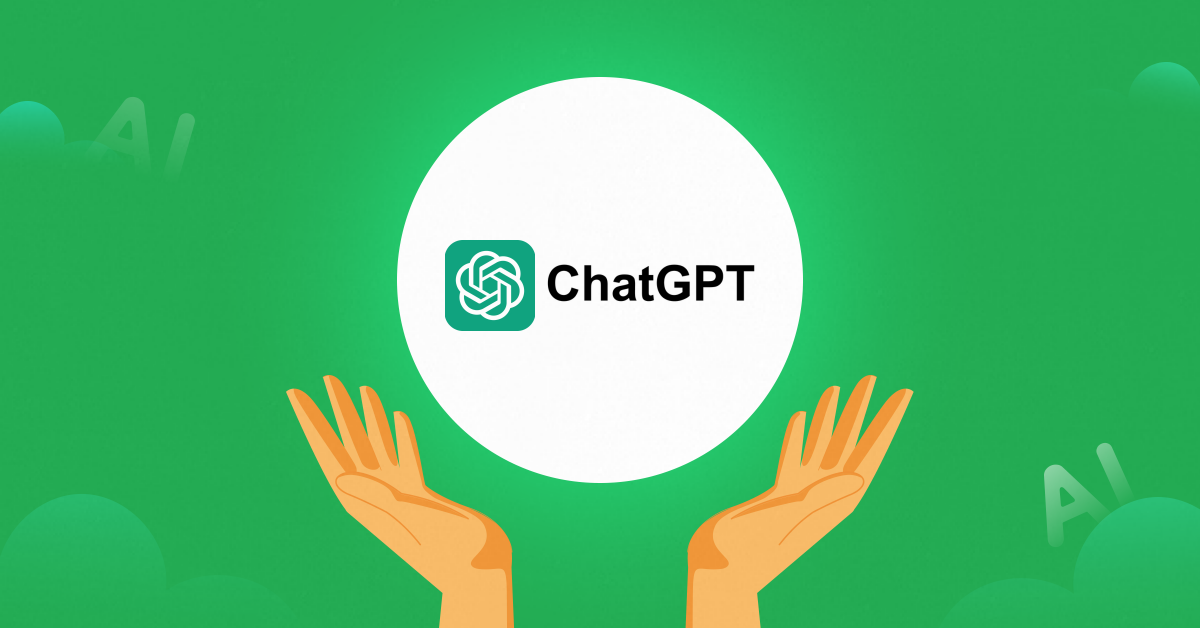
Slick Write for Improving Writing Style
Slick Write goes beyond basic grammar checks. It provides detailed insights into your writing style, pointing out redundancies, awkward phrasing, and overly complex sentences. It’s a fantastic tool for refining your writing to be clear and impactful.
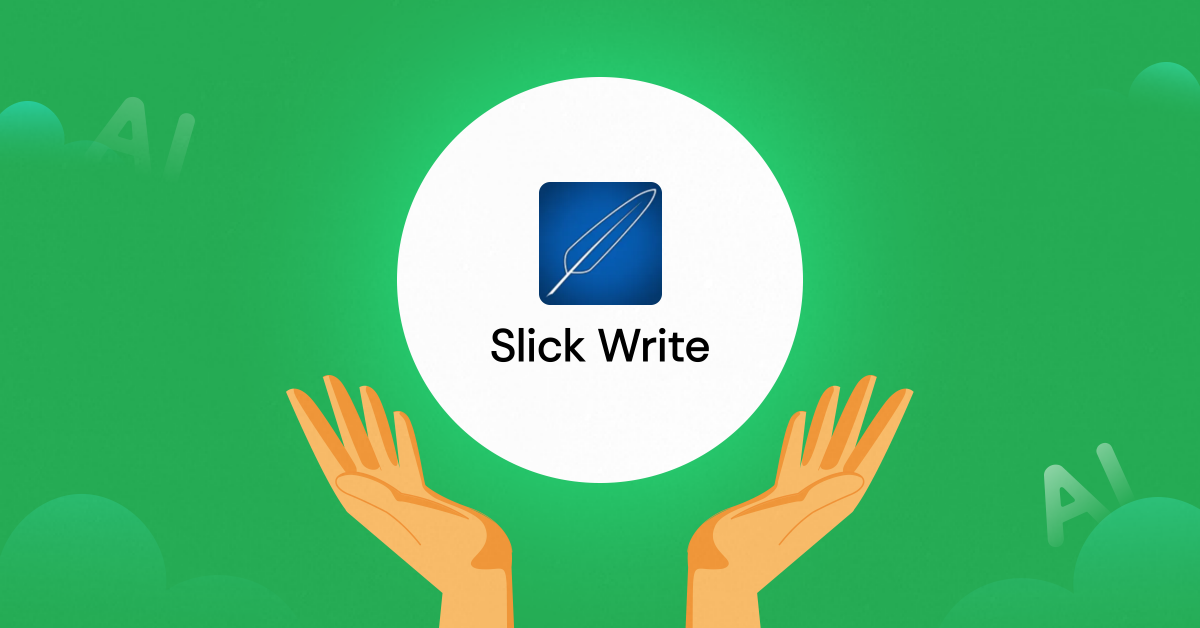
Editpad for Note-taking & Improving Writing Coherency and Cohesion
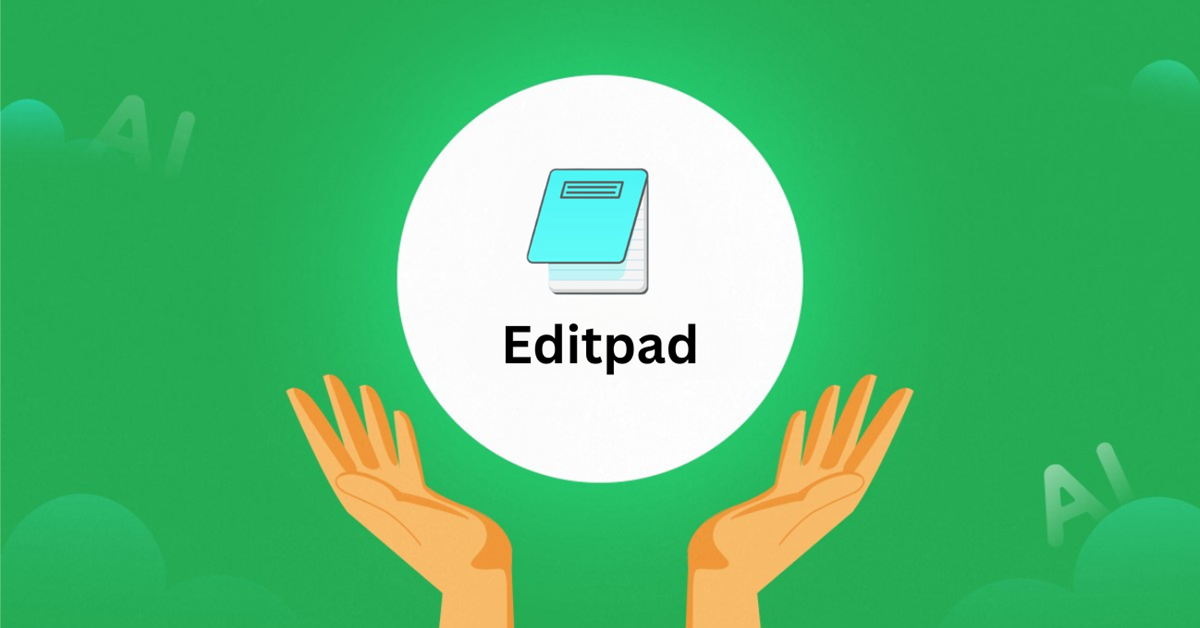
Editpad is more than just an online note-taking app for students. The platform provides multiple AI tools like the AI paraphraser, AI essay writer, readability checker, text summarizer, grammar checker, etc., that polishes your assignments for success. The tool is very easy to use without any overly complex options or interfaces.
RewriterPro: A Smart AI Tool for Better Writing
RewriterPro is an AI-powered tool that helps students enhance their writing. It improves fluency, adjusts tone, and refines content to make it more engaging and mistake-free. With a simple interface, students can easily rewrite essays and assignments while ensuring originality and clarity. By adapting content to different needs, RewriterPro helps create compelling academic papers and projects.
These AI tools are like having a writing mentor at your fingertips, guiding you toward clearer, more polished prose.
Also Read: Everything You Should Know About ChatGPT & Why It Matters?
III) AI Tools for Time Management and Productivity
Staying on top of your busy schedule is a breeze when you enlist the help of Artificial Intelligence (AI). These tools are designed to not only keep you organized but to adapt to your unique workflow, making time management a stress-free experience:
A. Smart Calendar and Scheduling Apps
Google Calendar
Google Calendar is a versatile scheduling tool that seamlessly integrates with other Google services. Features like event reminders and shared calendars ensure you never miss a beat in your day.
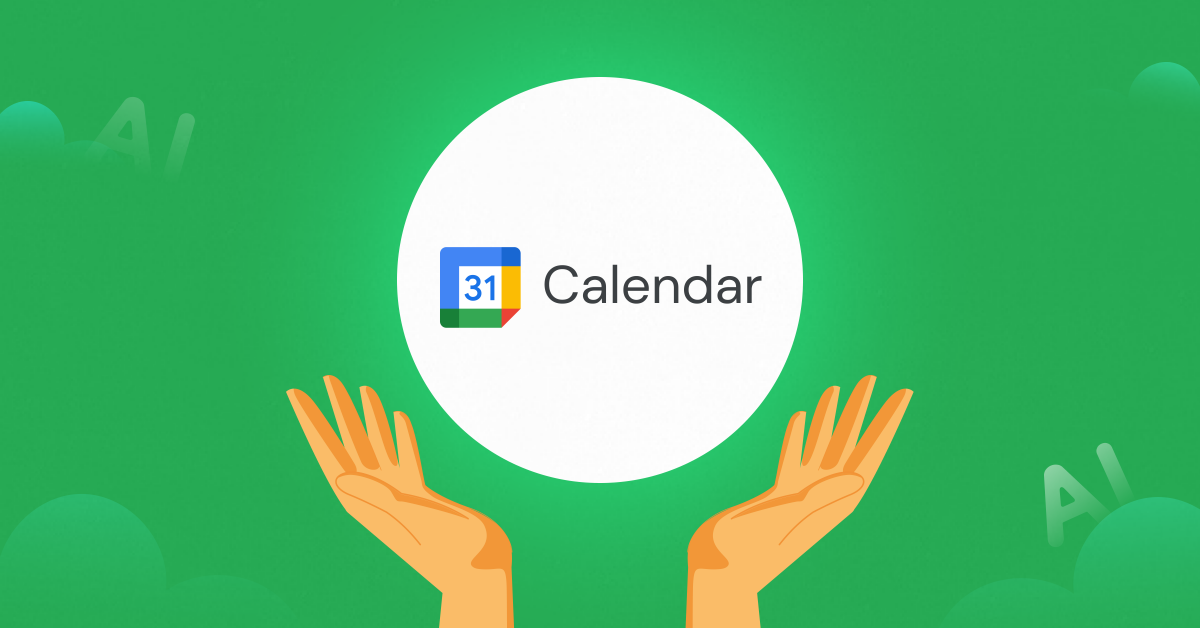
Microsoft Outlook
Microsoft Outlook offers a robust suite of productivity tools, including a smart calendar. With features like Focused Inbox and integrated task management, it streamlines your communication and scheduling in one place.
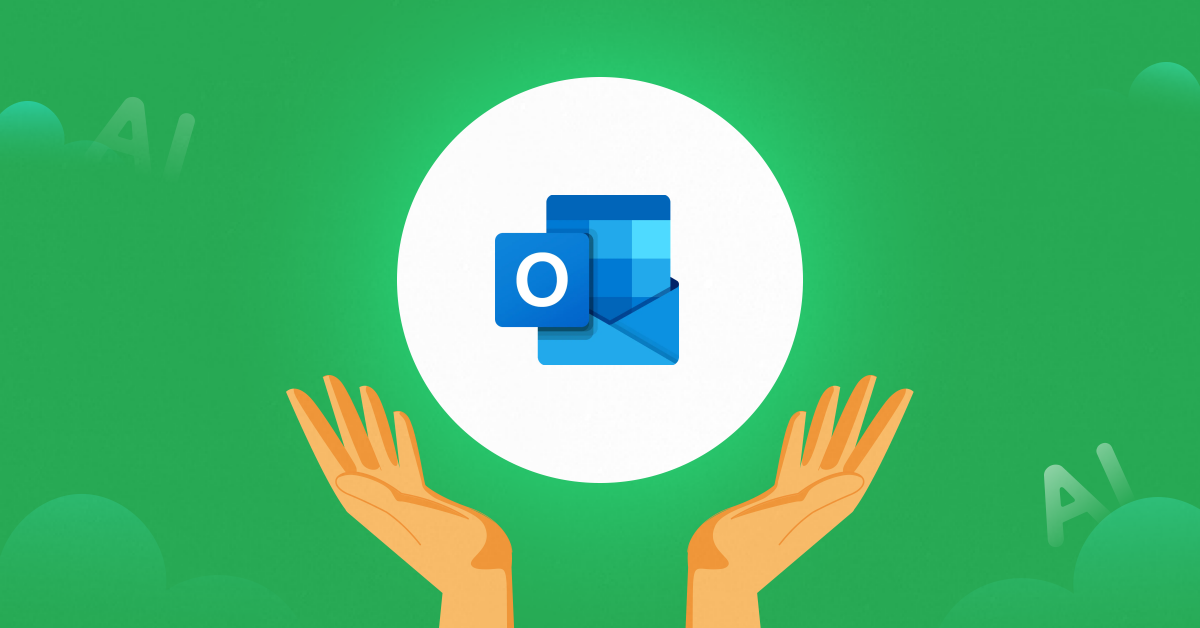
B. AI-Powered Task Management
Todoist
Todoist is your go-to task manager, enhanced with AI to help you prioritize and organize your to-do list. With features like natural language input and intelligent suggestions, Todoist adapts to your task management style.
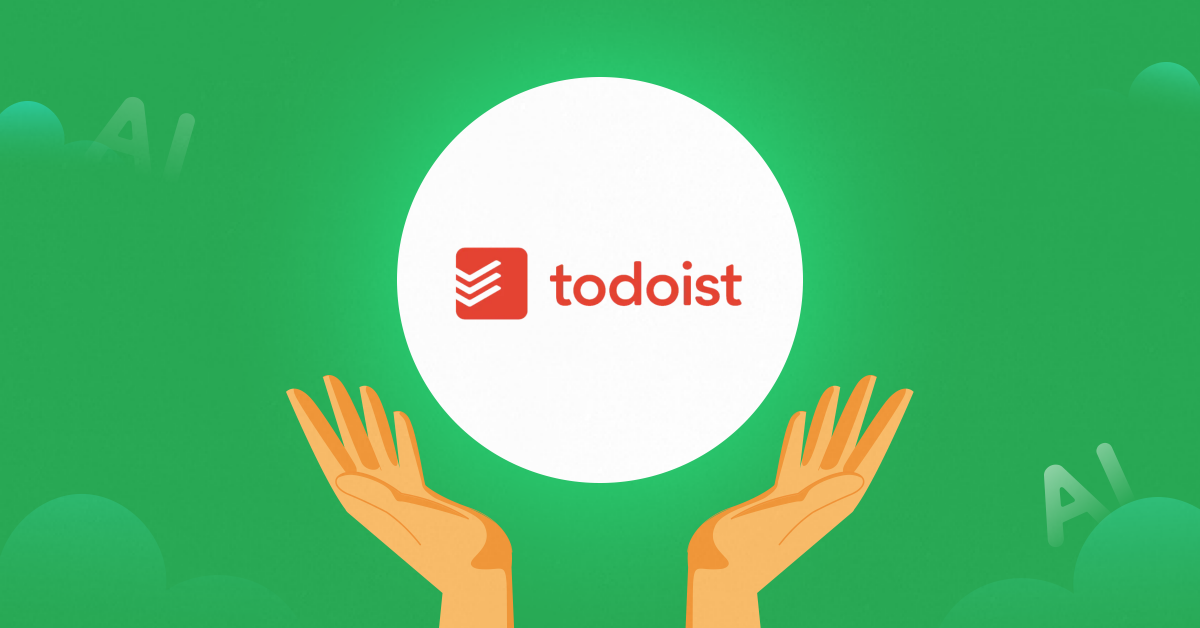
Any.do
Any.do combines task management with a sleek design. Using AI, it learns your habits and offers smart suggestions for task scheduling. The app’s simplicity makes it an ideal choice for a clean and intuitive task management experience.
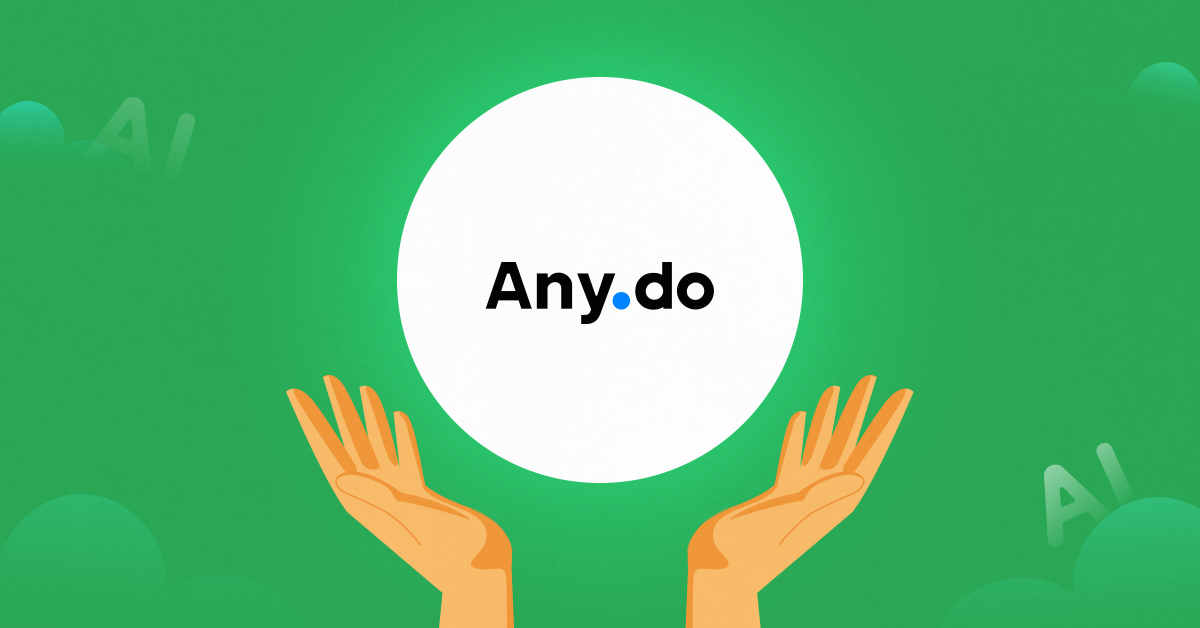
By incorporating these AI-powered tools into your routine, you’re not just managing your time – you’re optimizing it.
Also Read: 5 Tips to Easily Improve Your Coding Skills with ChatGPT
IV) AI Tools for Language Learning
Here are two AI-powered language learning tools that tailor their approach to your unique learning style:
A. Duolingo for Personalized Language Learning
Duolingo is like having a language tutor in your pocket. Using AI, Duolingo adapts to your progress, offering personalized lessons and exercises based on your strengths and weaknesses. The gamified approach makes learning fun and interactive, ensuring you stay motivated on your linguistic quest.
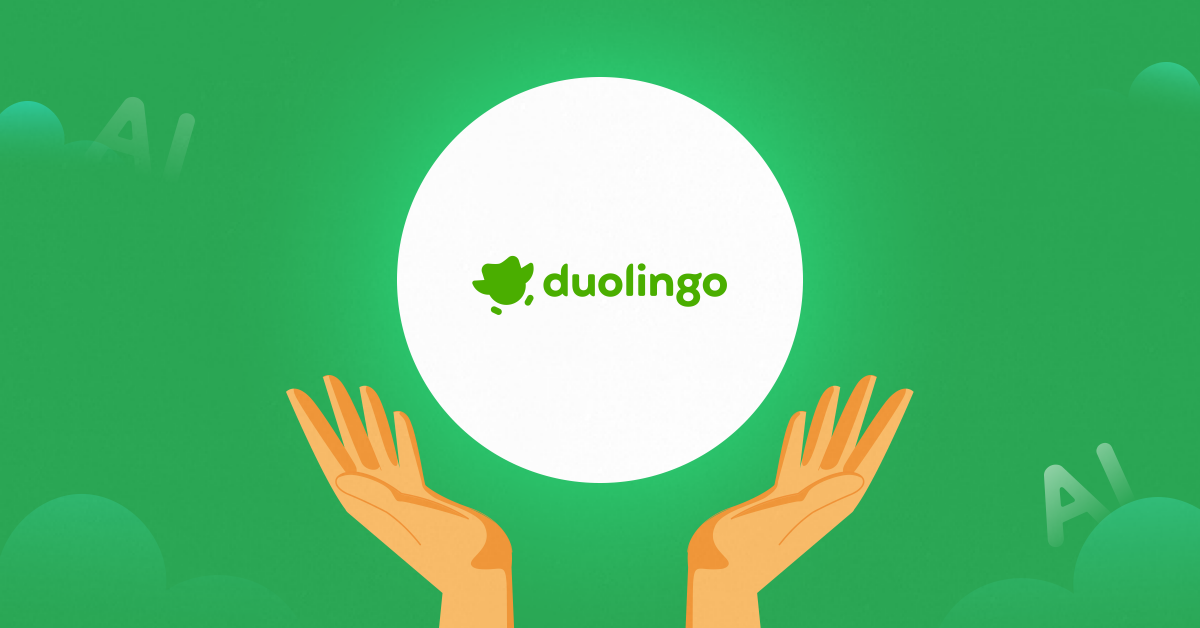
B. Babbel for Focused Language Acquisition
Babbel stands out for its focused and practical language acquisition approach. AI technology tailors lessons to your specific goals, whether you’re aiming to converse casually or dive into business discussions. Babbel’s emphasis on real-life situations ensures that what you learn is immediately applicable.

These AI-driven language learning tools aren’t just about memorizing words; they’re crafted to understand how you learn best, adapting the learning journey to suit your pace and preferences.
V) AI Tools for Mathematics and Science
When tackling the complexities of mathematics and science, Artificial Intelligence (AI) is a reliable ally. Here are two AI tools that transform problem-solving into an enlightening experience:
A. Wolfram Alpha for Computational Knowledge
Wolfram Alpha is the computational wizard you’ve been waiting for. It goes beyond providing answers; it gives you access to a vast knowledge engine. Wolfram Alpha is your go-to tool for computational knowledge.

These AI tools are life-changing. Do you want to build a successful career creating such transformative technologies? If yes, then you should consider joining GUVI’s IIT-M Certified Artificial Intelligence and Machine Learning Courses, which covers technologies like Natural Language Processing, deep learning, computer vision, and many more and helps you get hands-on experience by building real-time projects.
Also, if you would like to explore Python through a Self-paced course, try GUVI’s IIT-M certified Python course.
B. Symbolab for Step-by-Step Solutions to Math Problems
Symbolab takes your math problem and breaks it down step by step, offering not just the solution but also the reasoning behind each step. This AI tool is perfect for those moments when you need a little extra guidance in understanding the intricacies of mathematical problem-solving.
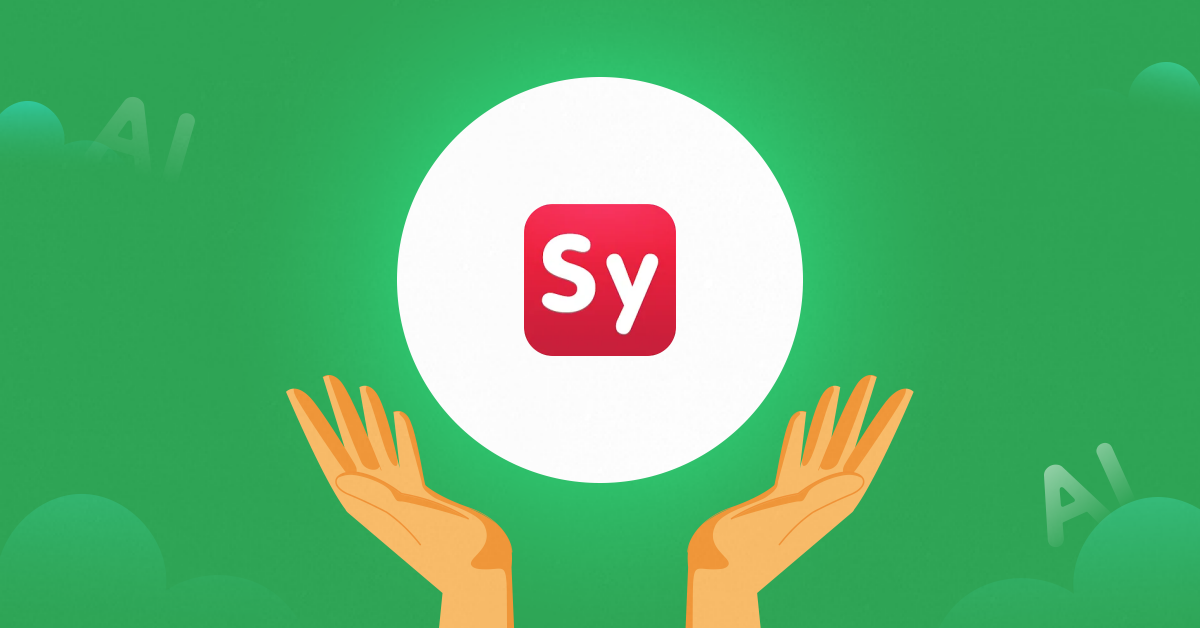
These AI-powered tools aren’t just calculators; they’re virtual mentors, helping you navigate the concepts of mathematics and science with ease.
VI) AI Tools for Collaboration and Communication
Efficient collaboration and seamless communication are the cornerstones of successful teamwork. Elevate your collaborative endeavors with these two essential tools:
A. Slack for Team Communication
Slack is not just a messaging app; it’s your team’s digital headquarters. With AI-powered features like intelligent search and smart notifications, Slack ensures that communication is not just fast but also organized. Channels, direct messages, and integrations make it a powerhouse for streamlined collaboration.
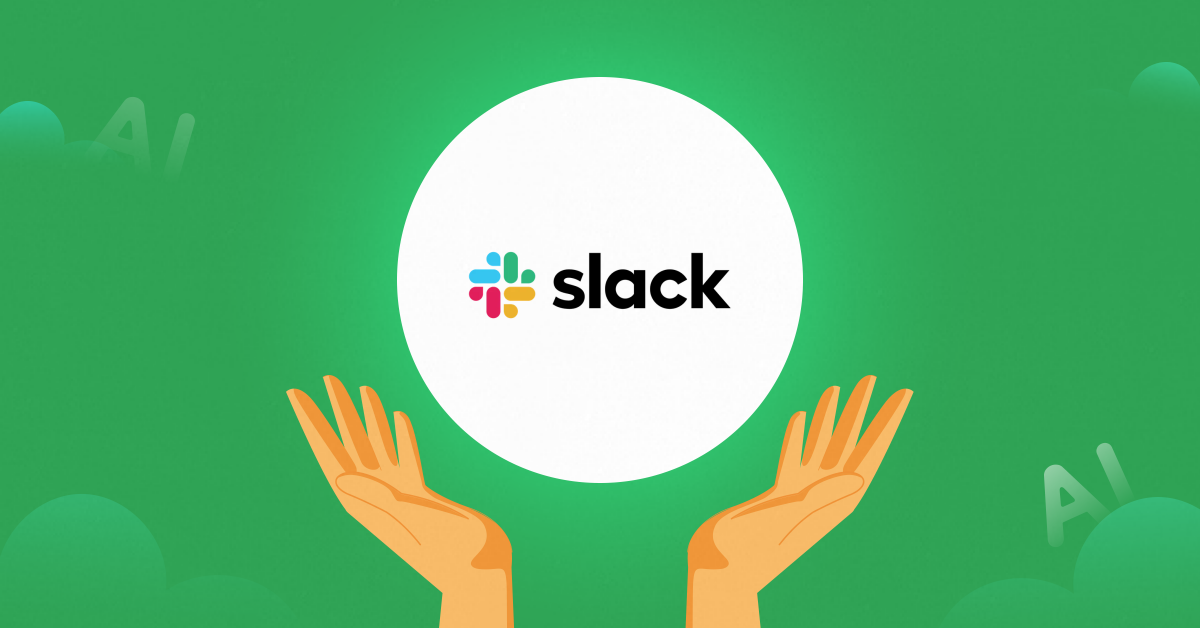
B. Google Workspace for Collaborative Document Editing
Google Workspace (formerly G Suite) revolutionizes how teams collaborate on documents. With Google Docs, Sheets, and Slides, multiple team members can work on the same document simultaneously. AI-driven features like Smart Compose and Explore enhance your writing and data analysis, making teamwork smoother and more efficient.
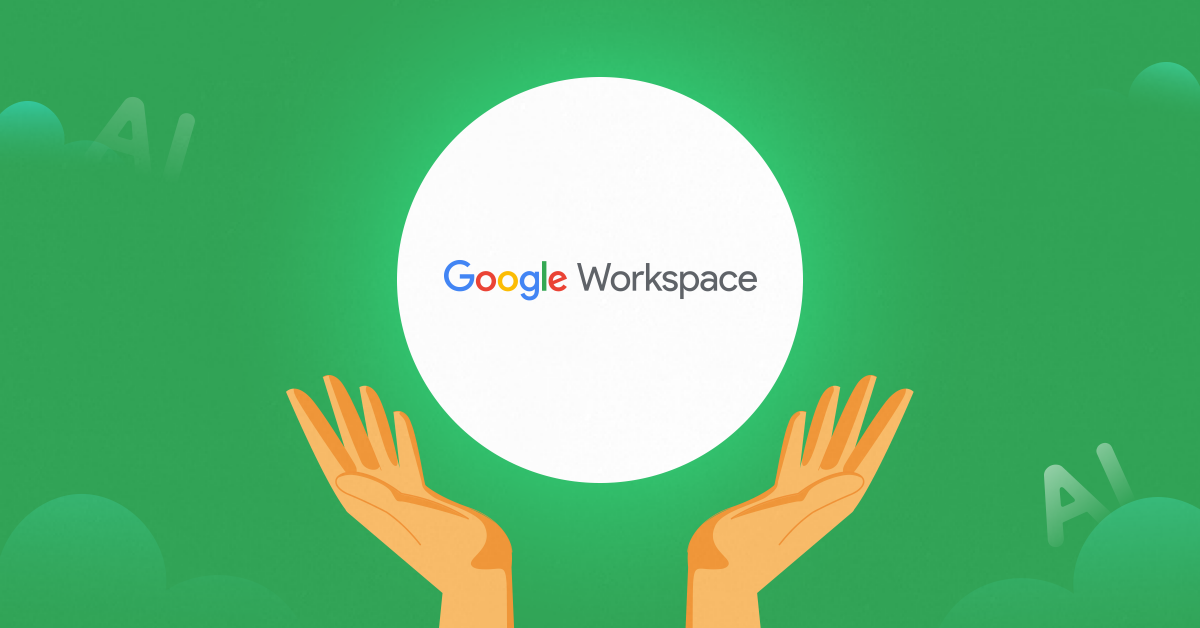
These AI-infused tools aren’t just about communication and collaboration; they’re about enhancing the way teams work together.
Considerations and Best Practices When Using AI Tools for Students
As we embrace the incredible benefits of Artificial Intelligence (AI) tools for students in education, it’s crucial to navigate this digital landscape responsibly. Here are two key considerations and best practices:
A. Privacy and Data Security Concerns
Why it Matters
Privacy and data security are paramount when integrating AI tools into educational practices. Students and educators must feel confident that their personal information is handled with the utmost care.
Best Practices
- Choose AI tools from reputable providers with robust privacy policies.
- Review and understand the terms of service and privacy settings of each tool.
- Educate students and faculty about the importance of safeguarding personal information.
- Regularly update and patch AI tools to ensure protection against potential security vulnerabilities.
B. Proper Integration of AI Tools into the Learning Process
Why it Matters
Effective integration ensures that AI tools enhance the learning experience rather than disrupt it. Seamless incorporation into existing educational workflows is key for successful adoption.
Best Practices
- Provide adequate training for educators and students on how to use AI tools effectively.
- Choose tools that align with the curriculum and learning objectives.
- Foster a culture of collaboration, encouraging students and teachers to share insights and feedback on the tools.
- Regularly assess the impact of AI tools on learning outcomes and adjust the integration strategy accordingly.
Ensuring privacy and thoughtfully integrating AI tools into education lays the foundation for a positive and secure learning environment.
GUVI’s professional career programs also offer a high-end course to Master Artificial Intelligence & Machine Learning with Certification accredited by IIT-M Pravartak, which comes with placement assistance, hands-on project building, and live BootCamp learning.
Conclusion
Now, here’s your mission – explore these tools! Click around, explore Google Scholar for homework, let Grammarly fix up your writing, and say “Hola” to Duolingo for language fun. These tools are the magical keys to unlock your academic success.
Don’t be afraid to try new things. Wolfram Alpha can help with tricky math, and Slack is your secret club for team projects. The future holds even cooler stuff with new technologies, so keep an eye out!
So, dear student, your learning adventure is just beginning, and with AI tools by your side, it’s going to be one exciting ride. Go ahead, explore, and make each chapter of your academic story as awesome as can be!
FAQs
AI tools like Grammarly and ProWritingAid act as virtual writing assistants. They help you catch grammar mistakes, suggest improvements to your writing style, and even provide tips on tone.
By using these tools, you can transform your writing from good to great, ensuring that your assignments and essays are polished and professional.
The choice of the best AI tool depends on the student’s specific needs. For comprehensive writing assistance, tools like Grammarly and ProWritingAid shine.
Google Scholar is excellent for research, while Duolingo caters to language learners. It’s all about finding the tool that aligns with your academic goals.
AI can enhance various aspects of school life. From optimizing administrative tasks like scheduling with AI-powered tools to personalizing learning experiences for students through adaptive learning platforms, AI contributes to efficiency and effectiveness in education.
Schools can use AI for personalized learning, intelligent tutoring systems, and even automating administrative tasks. AI tools like Google Workspace facilitate collaborative document editing, while AI-driven literature review tools such as RefWorks aid in academic research.
AI tools for student feedback include Turnitin for plagiarism detection, providing constructive feedback on writing. Additionally, learning management systems often incorporate AI features for assessing student performance and tailoring feedback to individual learning needs.
Absolutely! AI-powered task management tools like Todoist and Any.do help students organize their schedules and prioritize tasks. Smart calendar apps such as Google Calendar and Microsoft Outlook also integrate AI features for efficient time management.





















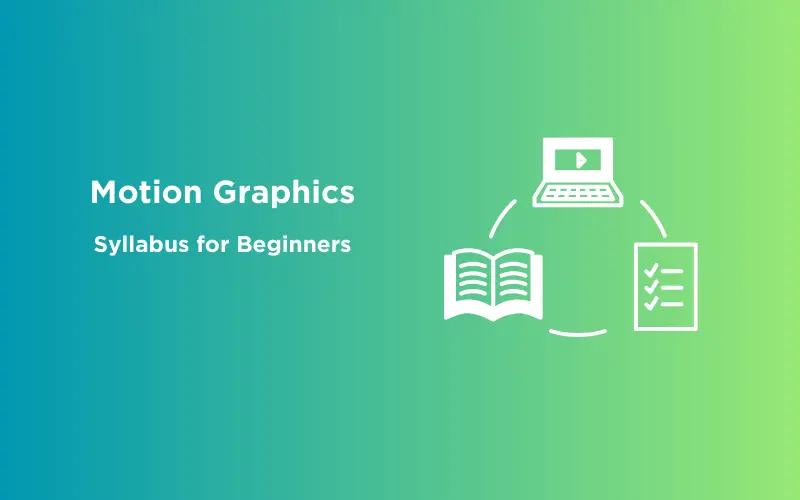

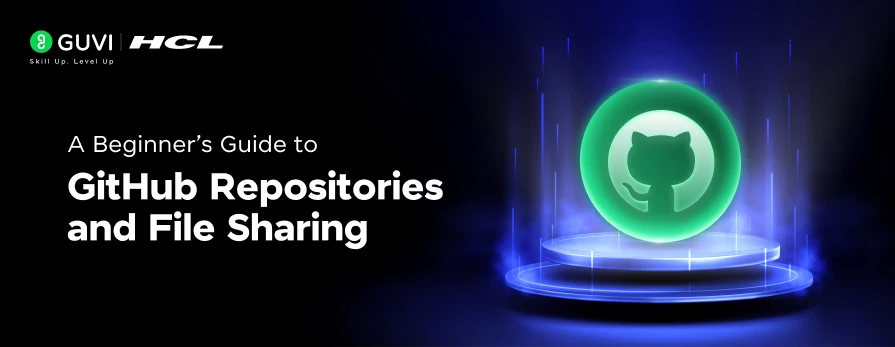
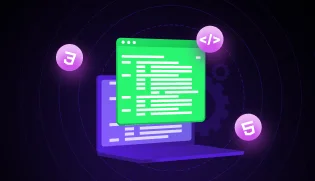
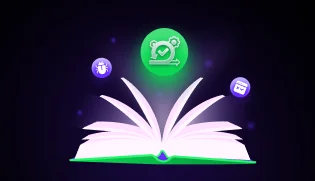
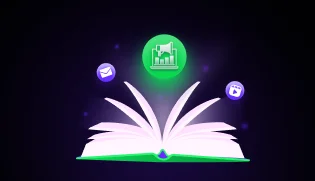
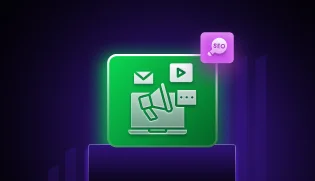
![Project-Based Learning: Smart Ideas and Important Tips To Implement It [2025] 25 Feature Image - Project-Based Learning](https://www.guvi.in/blog/wp-content/uploads/2024/05/feature_image.webp)
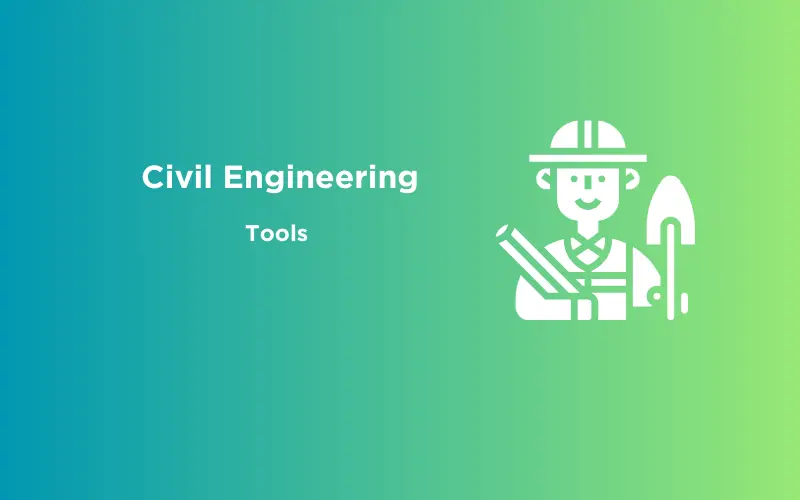

Did you enjoy this article?